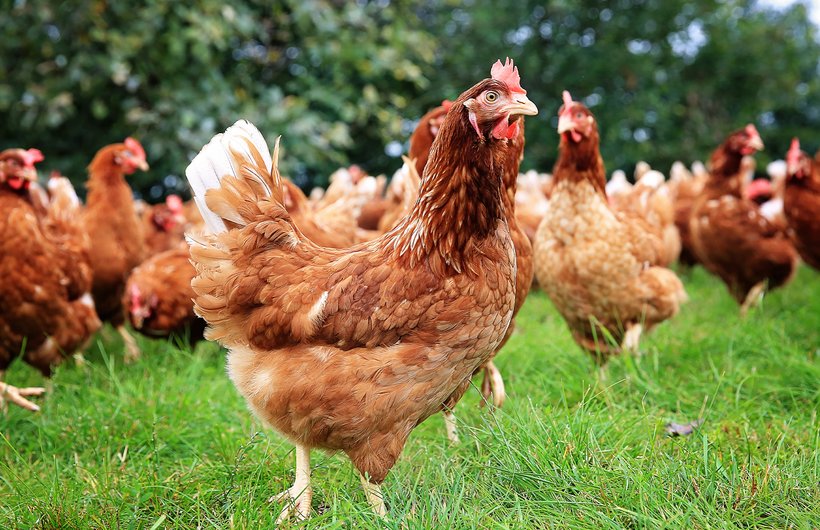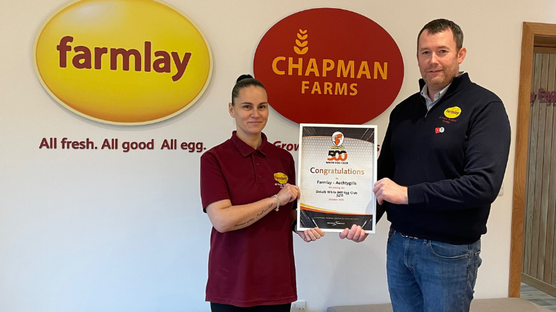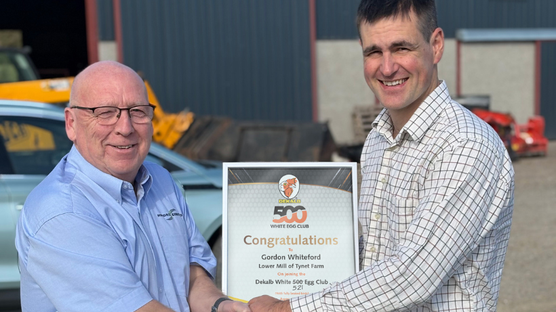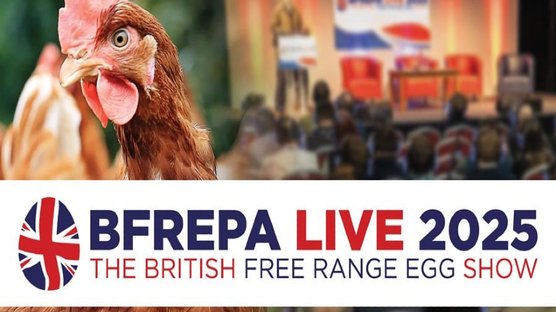
Published on March 31, 2021
Defra advice for returning layers to the range
Before birds are allowed outside, you must make sure wild birds do not have access to the area that you intend to allow birds to access and that all steps to remove contamination have been taken.
Preparing ranges for the return of birds after March 31st
Regardless of flock size, before birds are allowed outside, you must make sure that wild birds (particularly gulls, ducks and geese) are not attracted to, or have access to, the range or any other area that you intend to allow birds to access. You must also have taken all reasonable steps to remove any contamination that may be present.
- Make the range and outside areas unattractive to wild birds.
- Drain wet patches and areas of standing water – drain wet or boggy patches and areas of temporary standing water. In the longer term, and subject to obtaining the necessary consents and agreements, consider whether it is possible to fill in or drain any permanent ponds or areas of standing water.
- Net/cover any ponds that are within the fenced outside/range area. You should also consider netting ponds or larger bodies of water within 100m of the perimeter of the outdoor area/range. If this is not possible, you should take active steps to deter birds from accessing them.
- Fence off ponds, streams, standing water or wet or boggy areas – poultry should not have access to the areas around ponds, streams, canals or other wet areas as there is a much greater risk that these areas have been contaminated by the droppings of wild birds.
- Remove any wild bird feed sources – check the range for any wild bird feed sources that might attract wild birds. These are most likely to be associated with wet areas but also include spilt grain, seeds and uncovered feed bins.
Keep wild birds off the range
- There are several ways that you can deter wild birds (in particular gulls and wild waterfowl) from landing on and feeding on the range. These include regularly walking the area, using predator decoys and using wild bird visual bird scarers.
- Before allowing poultry to use a range after a period of housing, where the range has not been used but may have been contaminated by wild bird faecal matter, it may be possible to reduce the level of contamination to safe levels.
- Consult the relevant authorities before undertaking any permanent works that might impact on biodiversity.
- Bird scarers can annoy and disturb the public so please use them in a considerate way. Good Practice Guidance can be found in the NFU Code of Practice.
Cleanse and decontaminate
The virus that causes H5N8 can still be infective in faeces/droppings and other contaminated material for at least 50 days in the winter (longer in wet conditions or in standing water). If wild birds have had access to your ranges and other outdoor areas, you must take steps to reduce the levels of contamination. Options include:
- Cleansing and disinfection of concrete and other impermeable areas – use a Defra approved disinfectant at the recommended dilution rate. Appropriate pollution prevention measures must be followed.
- Decontamination of the range – it may be possible to reduce the level of H5N8 virus present in heavily contaminated areas by the use of some Defra approved disinfectants at the recommended dilution rate. Many approved disinfectants will quickly become inactivated when sprayed on organic material (such as soil) so are unlikely to be effective, so please consult the manufacturer for advice on whether the product you want to use is likely to be effective and follow appropriate pollution prevention measures.
- Application of shavings/woodchip – the resin in shavings and woodchips has some virucidal properties and may help to reduce the virus load in wet areas. Please consult your private vet before considering this option as warm wet conditions can result in an increased risk of aspergillosis, a fungal disease that infects the respiratory tract of birds.
Reduce spread by people or objects
- Limit the number or people who have access to the range and ensure that they have no contact with any other poultry or birds.
- For the people that have to enter the range, ensure they have dedicated footwear and outer clothing. For sites with over 50 birds, foot dips should be used on entry and exit to houses and outdoor areas/range where the birds are kept.
- Remember to change or disinfect your footwear when accessing houses from the range.
Disinfectants: pollution prevention and control
- You do not need to get prior approval from the Environment Agency before applying any disinfectants to concrete areas or the range area provided the volume and concentration of disinfectant applied is similar to that applied in routine cleansing and disinfection operations.
- Appropriate pollution prevention measures must be followed in all cases to stop excessive uncontrolled disinfectant run off. Disinfectants must not be applied close to drinking water supplies or surface water bodies.



